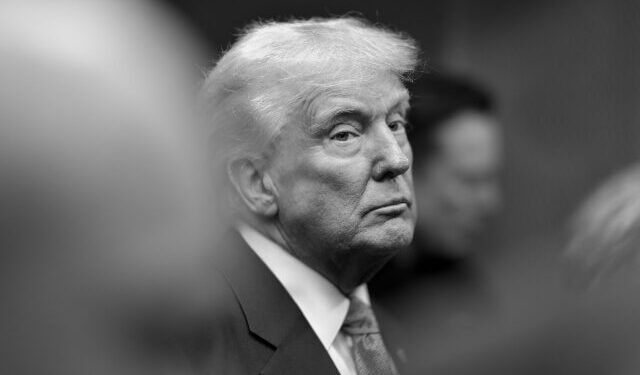A sweeping new set of tariffs is set to take effect this Friday, hitting multiple U.S. trading partners with rates ranging from 10% to a steep 41%. The full list—released late Thursday—marks a major escalation in the White House’s evolving trade agenda, raising eyebrows and sharpening tensions ahead of implementation on August 7.
Syria finds itself facing the highest penalty, with a 41% tariff on its goods, while Brazil—despite earlier warnings of a 50% hit—lands at just 10% under this specific order. The discrepancy comes down to a separate measure signed by President Trump earlier in the week, which accounts for the additional 40%.
Meanwhile, European Union countries will see a more complex system applied. According to AAF trade policy analyst Jacob Jensen, “European Union: Goods with Column 1 Duty Rate > 15% -> 0% European Union: Goods with Column 1 Duty Rate < 15% ->15% minus Column 1 Duty Rate,” as posted on X.
In simple terms, that means EU goods already taxed above 15% will face no additional tariff, while items under that threshold will see a rate increase calibrated to close the gap to 15%. It’s a wonky approach, but the message is clear: it’s time for a trade reset—and the U.S. is leading the charge.
According to the Associated Press, the executive order was signed just after 7 p.m. Thursday evening, following days of last-minute talks with foreign governments trying to avoid harsher terms. A senior administration official explained the slight delay in activation is meant to “harmonize” the full rate schedule and ensure a smooth transition.
“The tariffs are being implemented at a later date in order for the rates schedule to be harmonized,” the official noted on condition of anonymity during a press call.
The broader context here is worth noting. After years of trade deals that have left American workers and manufacturers footing the bill, the administration is doubling down on a tougher stance. By recalibrating the U.S. position, especially with nations that have historically benefitted from imbalanced arrangements, the president is signaling a long-awaited shift from globalist compromise to America-first economics.
With inflation still impacting families, and U.S. industries competing against subsidized foreign goods, the move will likely be welcomed by domestic producers who have long called for stronger protections. At the same time, it sets the stage for a fresh round of diplomatic and economic friction—one that puts U.S. leverage front and center.
Whether these tariffs spark retaliation abroad or a return to fairer trade at home, one thing is clear: the era of one-sided trade deals is coming to an end.





















Ive read several just right stuff here Certainly price bookmarking for revisiting I wonder how a lot effort you place to create this kind of great informative website